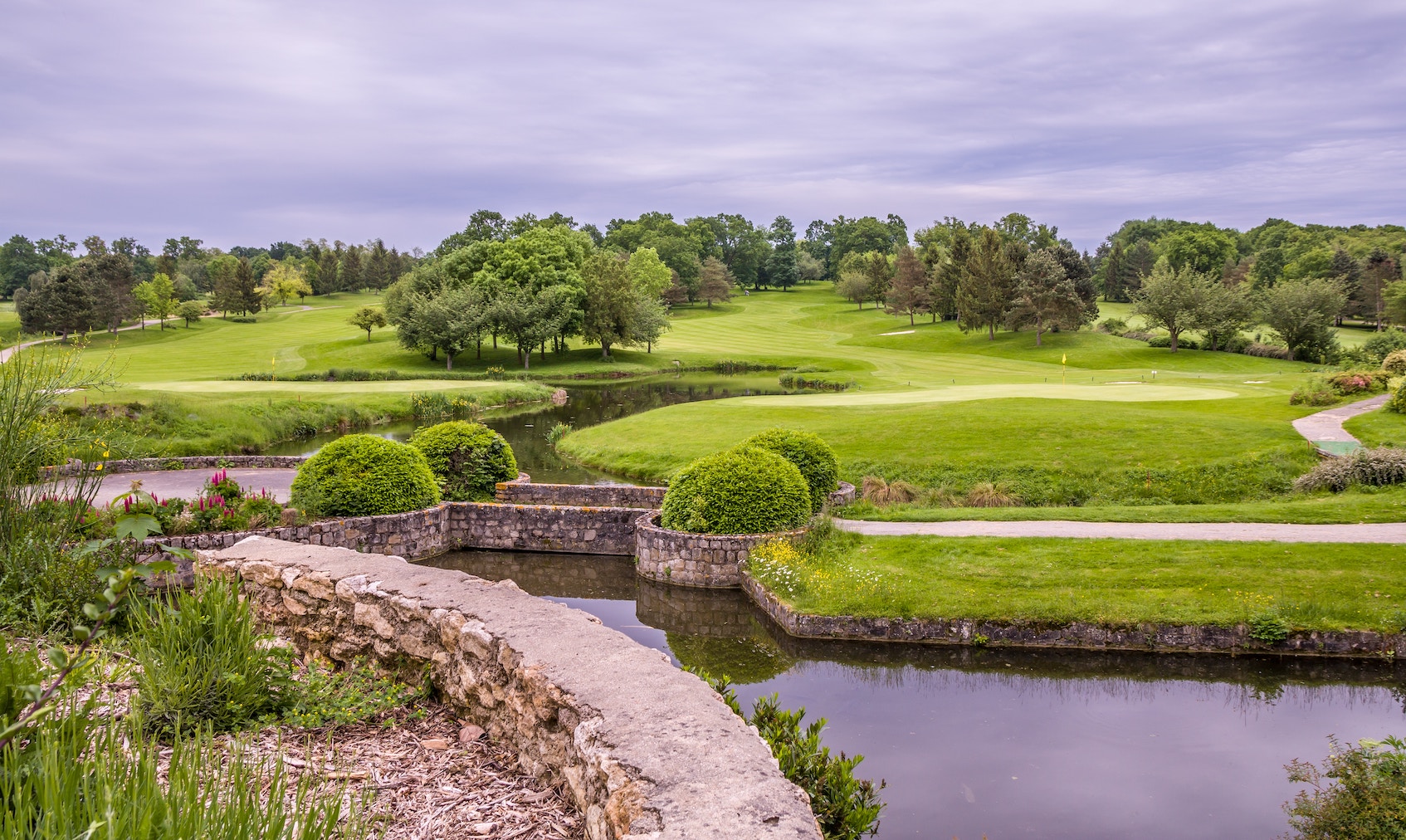
Golf has long been associated with picturesque landscapes and pristine greens, but the environmental impact of golf courses has raised concerns in recent years. The maintenance of golf courses can be resource-intensive and have negative effects on the surrounding ecosystems. However, it’s entirely possible for golf clubs to reduce their environmental footprint while maintaining the quality and appeal of their courses. Here are a number of areas you can help improve the “green” rating of your course.
- Water Management
One of the most significant sustainability challenges golf clubs face is water consumption. Maintaining lush, green fairways can be water-intensive, particularly in regions with limited water resources. To improve sustainability:
a. Implement efficient irrigation systems: Upgrade to smart irrigation systems that monitor soil moisture, weather conditions, and plant needs. This reduces water waste and ensures that greens receive the right amount of moisture.
b. Use drought-resistant grass varieties: Select grass types that require less water and can thrive in local climate conditions.
c. Rainwater harvesting: Install rainwater harvesting systems to collect and store rainwater for irrigation, reducing reliance on traditional water sources.
- Chemical Management
Golf courses often rely on various chemicals, including pesticides and fertilizers, to maintain their appearance and health. These chemicals can negatively impact the environment if not managed carefully. To improve sustainability:
a. Integrated Pest Management (IPM): Implement IPM practices that focus on prevention and the least toxic pest control methods, reducing the use of harmful pesticides.
b. Organic fertilizers: Transition to organic fertilizers, which release nutrients slowly and promote soil health, reducing the need for chemical inputs.
c. Native plantings: Incorporate native plants in course design to reduce the need for chemical treatments and provide natural habitat for local wildlife.
- Energy Efficiency
Golf clubs can be energy-intensive with extensive clubhouses, lighting, and equipment. To improve energy efficiency:
a. LED lighting: Upgrade to energy-efficient LED lighting in clubhouses and on the course, reducing energy consumption and maintenance costs.
b. Renewable energy sources: Consider installing solar panels or wind turbines to generate clean energy and reduce reliance on fossil fuels.
c. Energy audits: Conduct regular energy audits to identify and address areas where energy can be conserved.
- Waste Reduction and Recycling
Golf clubs generate a substantial amount of waste, from clubhouse operations to maintenance activities. To improve sustainability:
a. Waste reduction programs: Implement waste reduction initiatives, such as reducing packaging waste in the pro shop, using biodegradable golf tees, and encouraging the use of reusable water bottles.
b. Recycling programs: Set up comprehensive recycling programs for materials like cardboard, plastic, glass, and aluminum.
c. Composting: Establish a composting system for organic waste generated on the course and in the clubhouse, which can be used to enrich the soil.
- Wildlife Habitat Conservation
Golf courses can offer a unique opportunity to support local wildlife and biodiversity. To improve sustainability:
a. Wildlife corridors: Design and maintain natural wildlife corridors to allow animals to move freely through the course, preventing habitat fragmentation.
b. Nesting boxes and habitat restoration: Create nesting boxes and restore natural habitats, such as wetlands and meadows, to encourage local wildlife to thrive.
c. No-mow zones: Designate areas of the course as no-mow zones to provide shelter and forage for wildlife.










